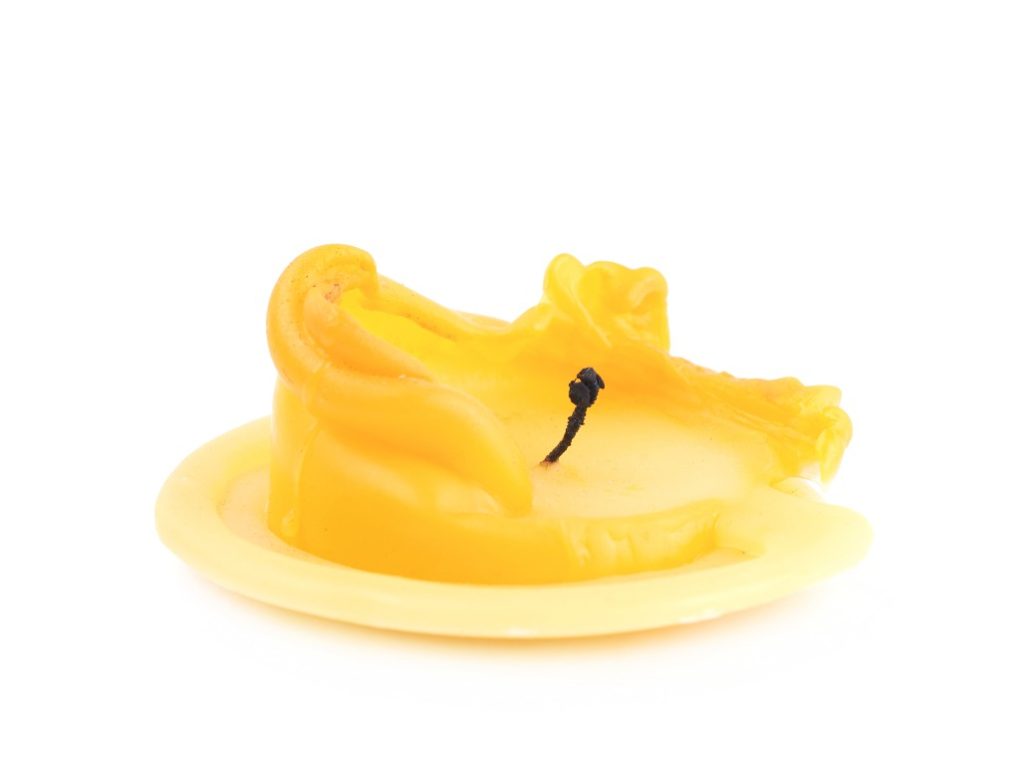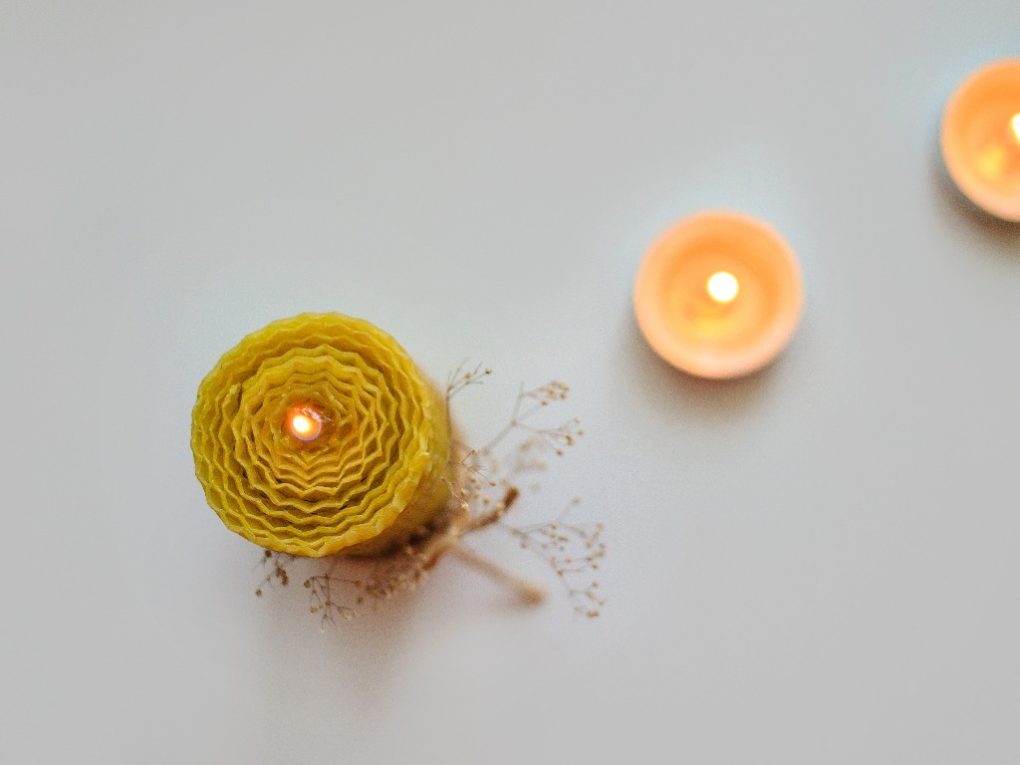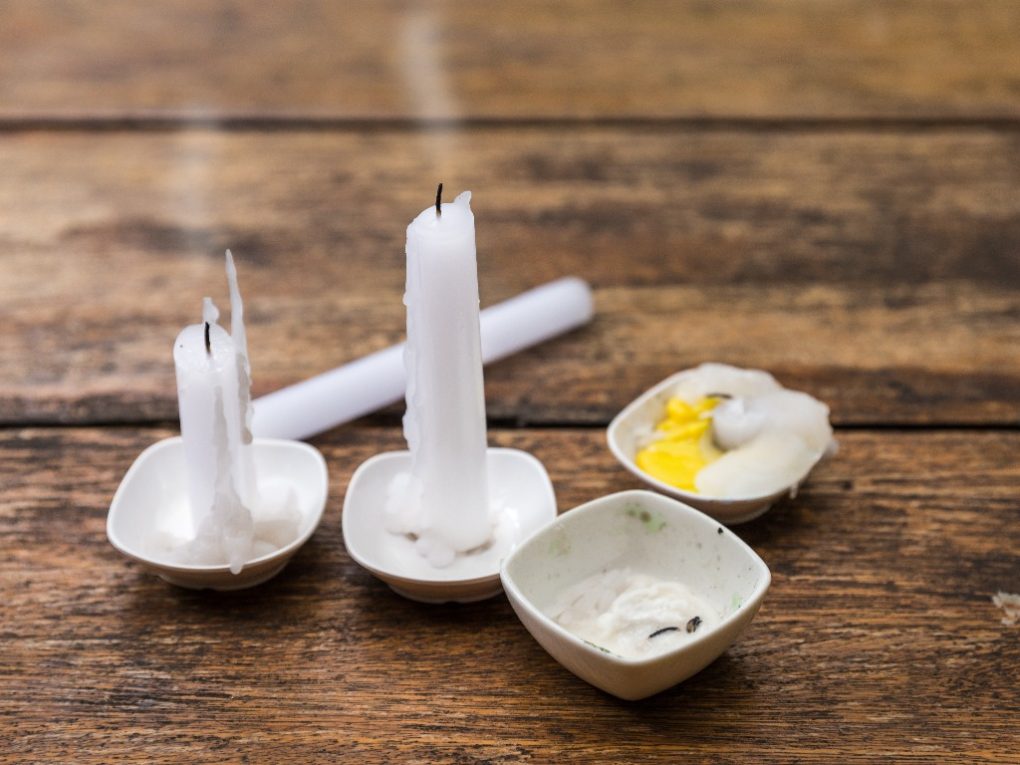Will a Candle Burn Itself Out: The Science Behind Candle Burning
Yes, a candle will eventually burn out as it consumes all the wax, and the wick becomes too short to sustain the flame. When a candle is burned, the wax is melted and drawn up the wick, vaporized, and burned as fuel for the flame. As the wax is consumed, the wick gets shorter, and the flame gets smaller and weaker until it eventually burns out.


It’s important to monitor candles closely when burning to ensure they do not pose a fire hazard. It’s always recommended to follow the manufacturer’s instructions for safe candle use and never leave a burning candle unattended. It’s also important to ensure the candle is placed on a stable and heat-resistant surface, away from flammable materials and out of the reach of children and pets.
Factors That Affect Candle Burning Itself Out
Wick Size and Type
One of the most important factors that affect a candle’s burn time is the wick’s size and type. A larger wick will produce a larger flame, consuming more wax and resulting in a shorter burn time. On the other hand, a smaller wick will produce a smaller flame, which will consume less wax and result in a longer burn time.
The type of wick also plays a role in the burn time of a candle. Cotton wicks are the most common type, known for their clean burn and consistent flame; however, some candles may use other types of wicks, such as wooden or zinc-core wicks, which can affect the burn time and performance of the candle.
Candle Wax Type
The wax used in a candle can also affect its burn time. Soy wax candles, for example, are known for their long burn time compared to traditional paraffin wax candles. This is because soy wax has a lower melting point and burns at a cooler temperature, resulting in a slower and more even burn.
Beeswax candles are another type of candle that has a longer burn time. Beeswax is a dense and hard wax that burns slowly and cleanly, resulting in a longer-lasting candle.


Ambient Temperature
The room’s ambient temperature can also affect a candle’s burn time. Candles burn faster in warmer temperatures because the heat causes the wax to melt and burn more quickly. On the other hand, candles burn slower in cooler temperatures because the wax takes longer to melt and burn.
Based on experience, it is important to keep the ambient temperature in mind when burning candles, especially if you want to maximize their burn time. Keeping the room at a consistent temperature and avoiding drafts can help ensure your candles burn evenly and last as long as possible.
Signs That a Candle Is About to Burn Itself Out
A candle can be a great addition to any room, creating a warm and inviting atmosphere. However, keeping an eye on your candles is important to prevent potential hazards. One of the things to watch out for is when a candle is about to burn out. Here are some signs to look for:
- The flame is very small
- The flame is flickering a lot.
- The wax is close to the bottom of the candle.
- The wick is very short.
When a candle is about to burn out, the flame will typically get smaller and smaller. This is because the wax is running out, and there isn’t enough fuel to keep the flame going. You may also notice that the flame is flickering a lot, a sign that the candle is struggling to stay lit.
Another thing to look for is the wax level.
If the wax is close to the bottom of the candle, it’s a sign that the candle is almost burned out. You may also notice that the wick is very short, making it difficult for the flame to stay lit. It’s important to watch your candles and never leave them unattended. If you notice any of these signs, it’s time to extinguish and dispose of the candle properly. This will help prevent any potential hazards and keep your home safe.
Things That Happens When a Candle Burns Out
When a candle burns out, the wick has been consumed and can no longer sustain the flame. This can happen in various ways, depending on the type of candle and the conditions under which it is burning.
A candle with a self-extinguishing wick may burn itself out without any intervention. However, letting a candle burn out on its own is not recommended, as this can be dangerous. If the flame gets too low in the container, it can concentrate the heat onto the bottom and cause the glass jar to break.


Additionally, if the wick falls onto a flammable surface, it can start a fire. I’ve learned that it is important always to follow candle safety guidelines and never leave a burning candle unattended. Instead, always extinguish a candle before leaving the room or going to sleep, and keep candles away from flammable materials.
Safety Tips for Burning Candles
Always Keep an Eye on Burning Candles
It is important always to keep an eye on burning candles. Never leave a candle burning unattended, even for a short amount of time. Ensure to extinguish all candles before leaving the room or going to bed. It is also important to keep candles out of children’s and pets’ reach to prevent accidents.
Keep Candles Away from Flammable Objects
Candles should always be protected from flammable objects such as curtains, bedding, and paper products. According to the Red Cross, it is recommended to keep candles at least 12 inches away from any flammable objects. Never place candles near windows or doorways where drafts can cause the flame to flicker and potentially catch nearby objects on fire.
